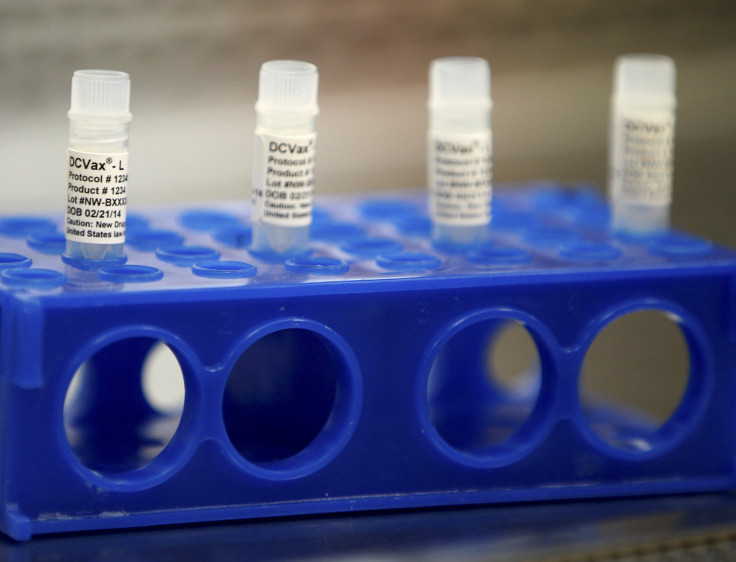The Cost Of Cancer Drugs: Patients Vastly Overpaying For Treatments, Study Finds

It's not just Turing Pharmaceuticals, maker of the now-infamous Daraprim, the drug whose price jumped by 5,000 percent overnight, that appears to be exploiting patients. Other drug companies are vastly overcharging Americans with cancer for a group of drugs known as tyrosine kinase inhibitors, or TKIs, an academic study has found. Sometimes, the price of those drugs is up to 600 times more than the cost of production, Reuters reported this week.
In the U.S., a patient can expect to pay $75,000 to $100,000 per year, twice as much as a European counterpart, for these drugs, which have fewer side effects than chemotherapy. Yet the World Health Organization has determined that TKIs can be produced at a low cost, adding one such drug to its list of essential medicines earlier this year.
The findings of the study, carried out by Andrew Hill, a pharmacologist at the University of Liverpool in Britain, come amid a raging debate over the price of drugs in general, not just cancer treatments, in the United States. Sovaldi, for example, a hepatitis C drug that when taken daily for 12 weeks cures 90 percent of patients, costs $1,000 a pill. Many other drugs treating a variety of illnesses or infections in the U.S. can cost hundreds of thousands of dollars per year per patient. Daraprim, which treats the parasitic infection toxoplasmosis, joined that category when, this week, Turing ran up the price from $13.50 a tablet to $750.
Hill, who analyzed TKI production costs and pricing, found that if it produced on a large scale, TKIs could cost anywhere from $159 to $4,022 per person every year, especially as patents on some TKIs expire and generic versions can be made, Reuters reported.
"There is a lot of scope for prices to come down," Hill said. "There has to be some middle ground between the prices that companies are charging, which may not even be cost-effective by the standards set by some healthcare authorities, and the actual production cost."
"How Much Should Cancer Drugs Cost?" http://t.co/0uWL0gHm2F by @Loftus pic.twitter.com/YWPukL3pcU
— Arthur Charpentier (@freakonometrics) July 25, 2015
Pharmaceutical companies have long maintained that drugs are priced so high because those profits fund critical research and development, allowing drug companies to create better medicines, and more of them. But critics argue that pharmaceutical companies make excessive profits and that the high cost of drugs cannot be explained or justified simply by R&D needs.
In 2013, average profit margins for the pharmaceutical industry rivaled those of the banking industry, beating the auto industry and even oil and gas companies. That year, Pfizer, the world's largest pharmaceutical company by revenue, had a 42 percent profit margin, the BBC reported.
Hill's calculations showed that if the TKI Gleevec, which treats leukemia and is made by Swiss-based Novartis, were to have a 50 percent profit margin, it would cost $159 for a year of treatment. In the U.S., it costs $106,000.
A spokeswoman for Novartis told Reuters the cost of production was not the only factor determining the price of a drug. "We invest in developing novel and current treatments to find ways to make more cancers survivable," she said. "This is challenging and risky and needs to be taken into consideration when discussing pricing of treatments," she added.
© Copyright IBTimes 2025. All rights reserved.






















